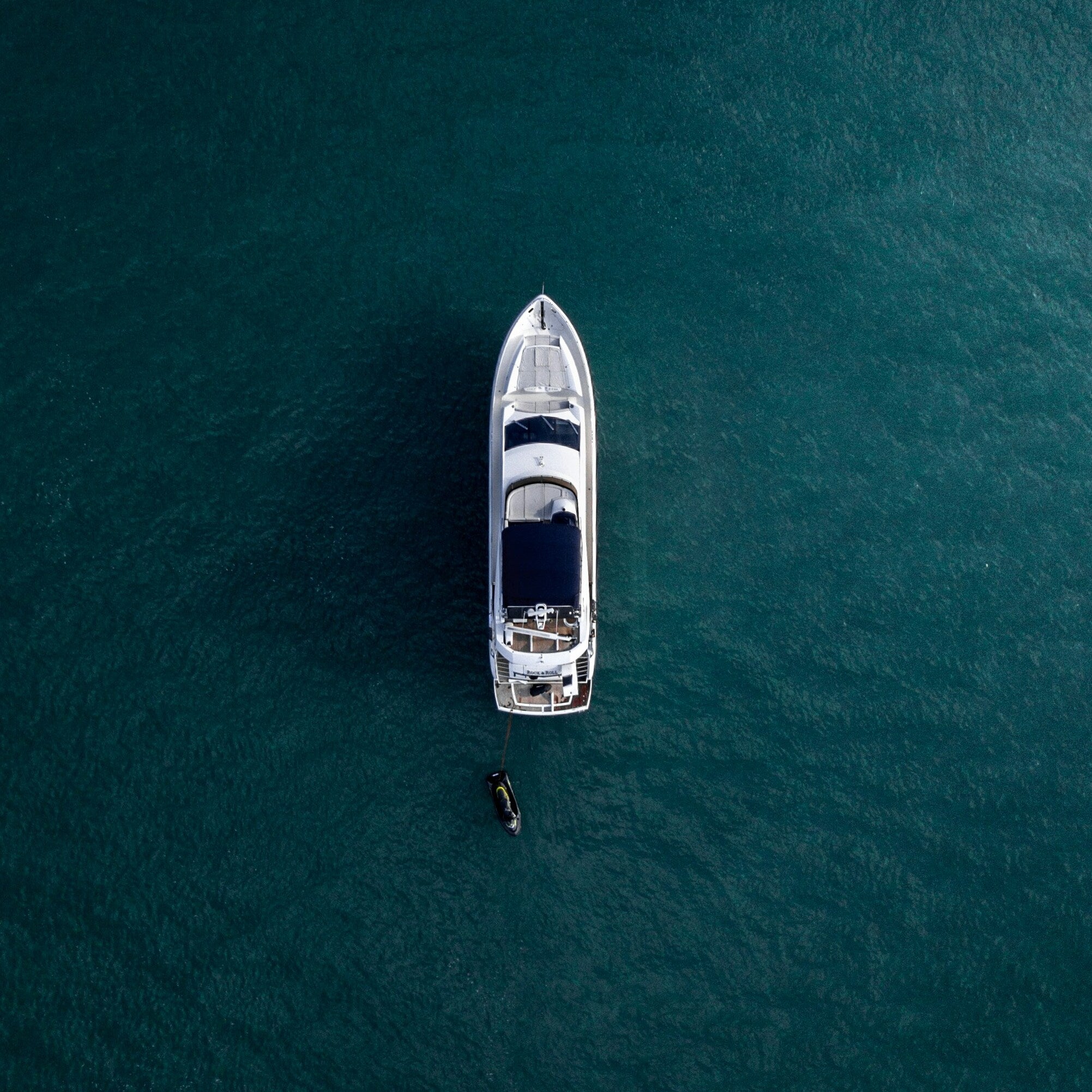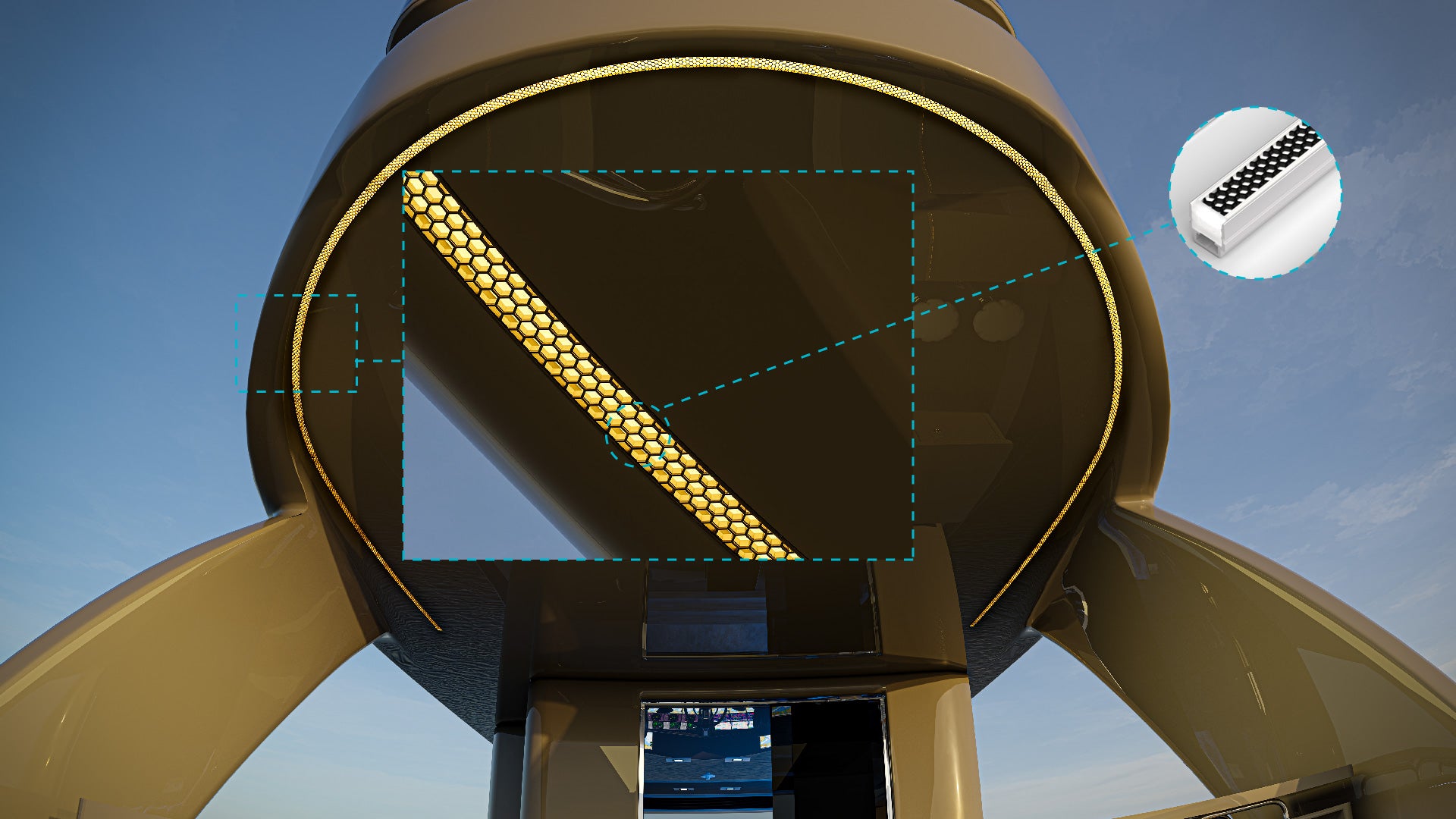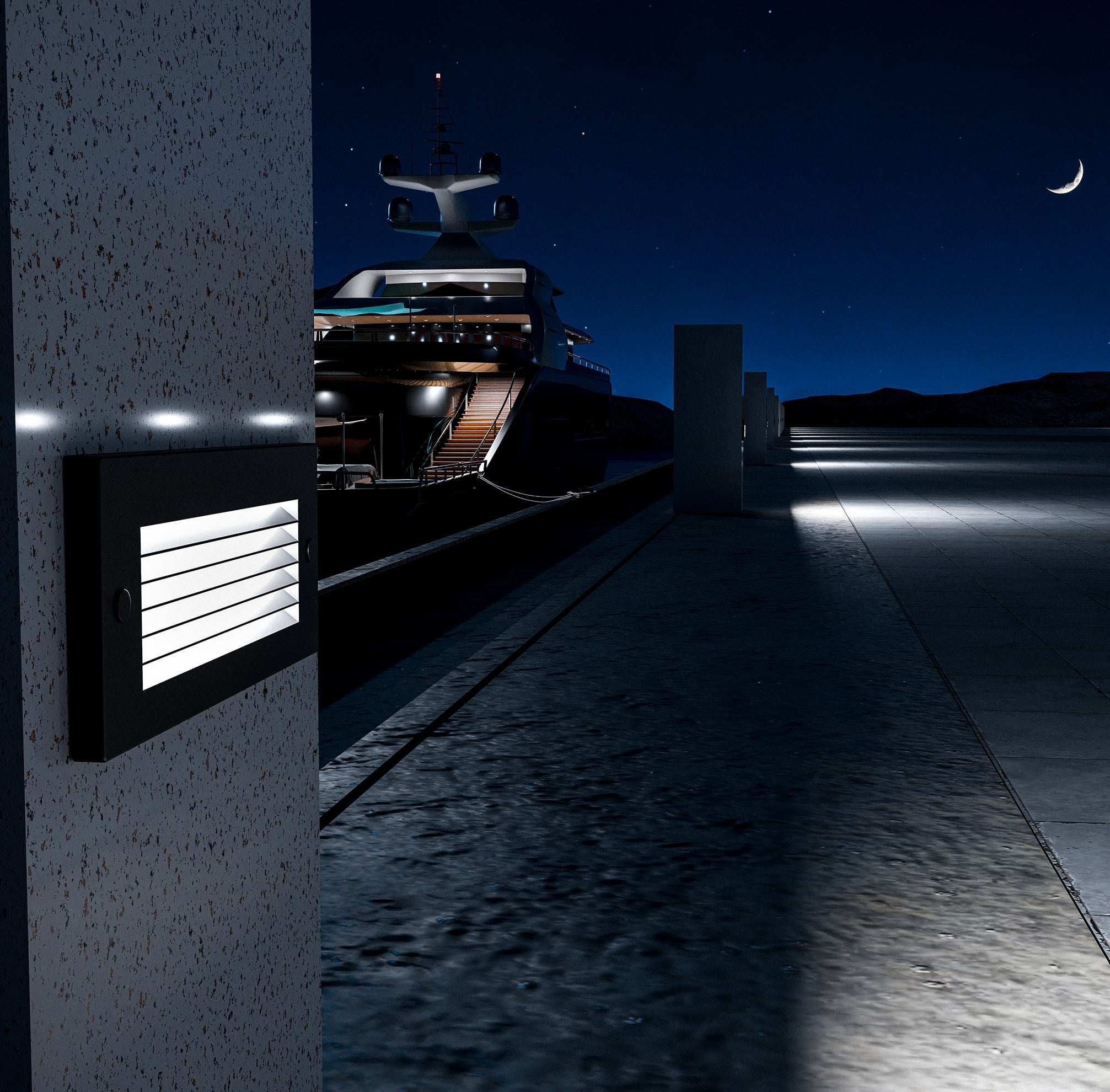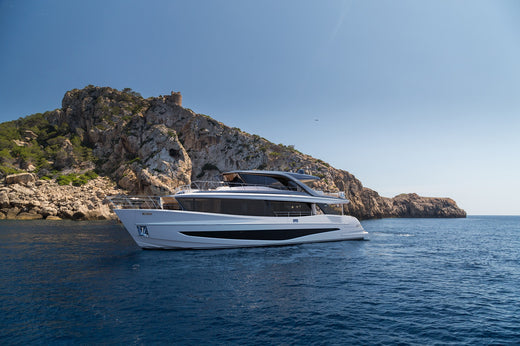As the weather warms up and boating season approaches, it’s time to get your boat ready for the water. De-winterizing your boat is essential to ensure it’s in optimal condition, safe, and ready for smooth sailing. This guide will walk you through a comprehensive, step-by-step process for de-winterizing your boat, from inspecting the hull to testing the engine, so you can confidently enjoy your first trip of the season.
Inspect the Exterior of the Boat
The exterior of your boat is its first line of defense against the elements, so a thorough inspection is essential.
Check for Hull Damage
Walk around the boat and examine the hull carefully for any cracks, blisters, or damage that might have occurred over the winter. Even small cracks can lead to bigger problems if left unchecked, so address any visible damage immediately.
Clean and Wax the Hull
Over the winter, dirt, dust, and mildew can accumulate on the hull. Start with a thorough cleaning using a boat-safe detergent to remove grime, then rinse and dry the hull. Applying a coat of wax afterward will protect the hull from UV rays, saltwater, and debris, keeping it in good condition all season long.
Inspect and Reattach Any Removed Parts
During winterization, certain parts like antennas, swim ladders, or fenders may have been removed. Ensure these parts are securely reattached and in good working order.
Perform a Thorough Engine Check
Your boat’s engine is one of the most critical systems, and a thorough inspection is essential to avoid any operational issues on the water.
Check Fluid Levels
Examine all fluid levels, including engine oil, coolant, and transmission fluid. If they weren’t replaced during winterization, now is a good time to do so. Fresh fluids help protect the engine and maintain performance.
Inspect Hoses and Belts
Check the engine hoses and belts for signs of wear, cracks, or leaks. Cold temperatures can cause rubber components to crack or harden. Replace any damaged hoses or belts to prevent malfunctions while boating.
Test the Battery
Over winter, boat batteries can lose charge, especially if they weren’t disconnected. Fully charge the battery, clean the terminals to remove any corrosion, and test the battery’s health. Replace it if it’s nearing the end of its lifespan or if it struggles to hold a charge.
Change the Fuel Filter
Fuel filters can collect debris and moisture over time. Replacing the filter now ensures smooth fuel flow to the engine, reducing the risk of clogs or performance issues.
Run the Engine
Once all checks are complete, run the engine briefly on land (using water muffs) to ensure it’s operating smoothly. Listen for any unusual noises and watch for leaks or irregularities.
Inspect and Test the Electrical Systems
Reliable electrical systems are vital for safety and functionality, so testing each component thoroughly is a key part of de-winterizing.
Check All Lights
Test navigation lights, cabin lights, deck lights, and any other lighting on the boat to ensure they’re functioning correctly. Replace any bulbs as needed.
Test the Bilge Pump
Your bilge pump is critical for preventing water buildup in the boat. Turn it on to verify it’s working, and inspect for any blockages. A failed bilge pump can lead to dangerous situations on the water.
Inspect Electrical Connections
Electrical connections can corrode over winter, especially in humid or coastal environments. Check all connections, wires, and fuses for signs of corrosion or damage. Clean connections if needed and replace any damaged wiring.
Examine and Prepare the Plumbing Systems
Properly functioning plumbing systems are essential for both comfort and convenience on the water.
Flush Water Systems
If you used antifreeze to winterize your water systems, now is the time to flush it out. Run clean water through all freshwater lines, including sinks, showers, and toilets, until the antifreeze is fully cleared.
Check for Leaks
Inspect all hoses, tanks, and connections in the plumbing system for signs of leakage or damage. Over winter, hoses can develop cracks that lead to leaks if not addressed.
Sanitize the Water System
After flushing, sanitize the freshwater system to remove any bacteria or mold that may have built up over winter. Use a non-toxic sanitizing solution to clean the system thoroughly before use.
Fuel System Inspection
A well-maintained fuel system is essential for engine performance and fuel efficiency.
Inspect Fuel Lines and Connections
Cold temperatures can cause fuel lines to crack or become brittle. Inspect all lines and connections for signs of wear, and replace any damaged components.
Top Off the Fuel Tank
Fuel stabilizers used during winterization can keep fuel fresh, but it’s still best to top off the tank with fresh fuel. This minimizes the chance of condensation forming inside the tank, which can lead to water contamination.
Check for Fuel Odors
If you notice a strong fuel odor, inspect the fuel system thoroughly for leaks. Leaks can be dangerous and should be fixed immediately before using the boat.
Safety Equipment Check
Safety equipment is essential for compliance and protection on the water. Make sure it’s all in good condition.
Inspect Life Jackets and Safety Gear
Ensure that all life jackets are accessible, in good condition, and that you have enough for everyone on board. Check that fire extinguishers, first aid kits, and throwable floatation devices are on board and functional.
Test Emergency Signaling Devices
Check flares, air horns, whistles, and other signaling devices to ensure they’re working. Replace any expired items and confirm you have backups where necessary.
Inspect Navigation and Communication Tools
Verify that your GPS, radio, and any other navigation tools are working correctly. Proper communication tools are essential in case of emergencies or navigational needs.
Check and Clean the Interior
Cleaning the interior not only makes the boat more comfortable but also helps maintain its longevity.
Clean the Cabin and Deck
Sweep, vacuum, and wipe down all surfaces in the cabin and on deck. Dust, mold, or mildew can build up over winter, so a deep cleaning will make the space fresh and inviting.
Check Upholstery and Fixtures
Inspect seats, cushions, and other fixtures for signs of mold or mildew. Use a mildew cleaner where needed, and consider waterproofing fabric surfaces to prevent future issues.
Organize and Restock Supplies
Ensure all necessary items are on board, such as docking lines, cleaning supplies, spare parts, and other essentials for a safe and enjoyable boating experience.
Conduct a Final Safety Check and Test Run
Before hitting the water, a final safety check is essential to confirm that everything is ready.
Perform a Pre-Launch Checklist
Go through a final checklist to confirm that all systems are operational. This includes rechecking lights, the bilge pump, fluid levels, safety gear, and any other crucial components.
Test on the Water
Take the boat out for a short test run. Listen to the engine, test steering, check gauges, and watch for any unusual behavior. This trial run helps catch any issues before heading out on a longer trip.
De-winterizing your boat is a vital step in preparing for a safe and enjoyable boating season. By following these detailed steps, you can ensure your boat is in top condition, preventing issues that might arise from months of storage. With careful preparation, you can head out on the water with confidence and peace of mind.
K2 Lighting offers high-quality marine LED lighting solutions that can enhance your boat’s functionality and aesthetics. Whether you need brighter navigation lights, cabin lighting, or underwater lights, K2 Lighting has options to improve visibility and add style to your vessel. As you de-winterize and prep your boat, consider upgrading your lighting with K2’s durable and efficient marine LEDs.





